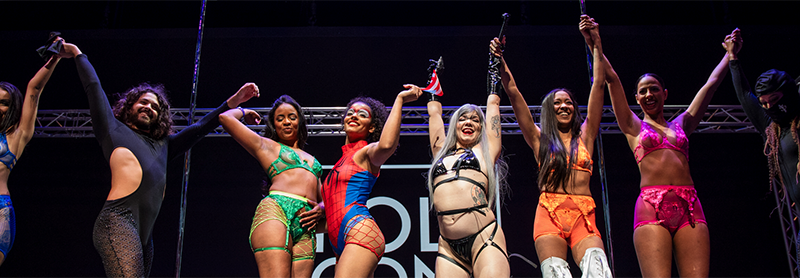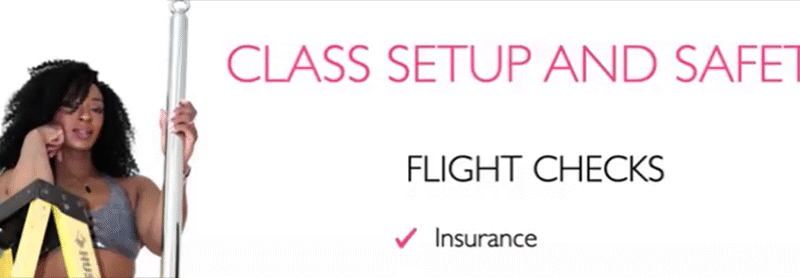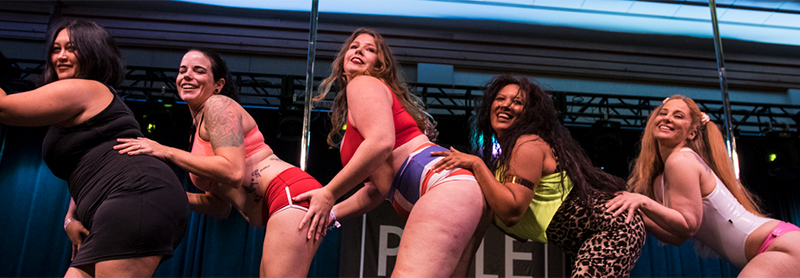A train-cation is a trip (usually away from home) where you focus for a specific…

Writing Your Artist Resume and CV
If your high school was anything like mine, there was a class called “Career Development” where you learned how to apply to college and how to build a resume. Maybe you skipped this class thinking “I’m gonna be an artist, I just need a portfolio” or maybe you didn’t have this class to begin with.
Well, I have good news and bad news—the bad news is, as an artist you do need a resume.
IPIA Members can check out this Artist Resume Examples and Templates at this link.
The good news is, if you skipped that class (or didn’t have it offered to you), you’re still doing fine because an artist’s resume is vastly different from what the world calls a “traditional resume.”
Let’s cover what’s the same and what’s different between the two types of resumes and introduce the concept of a “CV” or Curriculum Vitae.
What is the same between an artist and a traditional resume?
Some things hold true between an artist resume and a traditional resume.
Such as keeping your contact details at the top of the page so hiring managers/casting agents know how to reach you.
Artist resumes will also include your training and your past roles, much like a traditional resume includes education and work experience.
Both types of resumes are also generally short—a page or two, max.
Some artist resumes contain an “artist statement.”
An artist statement is one to two sentences to tell someone what you’re all about. You may have read a few and thought “these sound like fluff and are wasting space on this page” but if you are true to yourself in your statement, it’s the one place on your artist resume where your personality gets to shine through, beyond the roles you’ve performed in the past.
What is the difference between an artist and a traditional resume?
For an artist’s resume, you’ll want to include some basic biographical data that wouldn’t be on a traditional resume such as gender, height, weight, ethnicity, and clothing sizes. In fact, on a traditional resume in the western world, you would not include these things, ever. (Please note, working in the Middle East might have exceptions to this where it is common to list your marital status.)
If you are applying for performances where costumes are provided, the casting director needs to know if you will fit the costumes they already have, or will have to pass your measurements to a seamstress to get your costume fabricated. Be honest with these measurements.
Another thing specific to an artist resume, you will also want to include a headshot! People want to know what you look like. (Similar to the note above about measurements, headshots are less common in most Western corporate environments, although that may differ in different industries.)
A good headshot will have you looking straight at the camera (no ¾ profile) with a natural makeup look–casting directors want to see you and your most basic, they can dress you up from there.
You will also want to include a section where you list (from a high level) the training you have received.
You’ll want to list what productions you have been in, what skills you demonstrated in each role, and where the production took place. This section is typically in reverse chronological order (much like a traditional resume).
Example (please note these are made up events):
- 2024 Erica & Leon’s Wedding, Lollipole bartending, Somewhere, USA
- 2023 Halloween Spooktacular, Contortion, Anywhere, UK
If your performance was nominated for or won an award, highlight that in your resume (not a literal highlight, but an extra bullet point under that entry and bold the text).
If you’ve been performing for a while, you will want to maintain an artist Curriculum Vitae (CV), which is a list of all works you’ve ever done.
You might also benefit from a show reel or highlight reel, check out this post about creating your reel.
What is a CV?
The CV will have all your work, all your training, every award, every skill you’ve ever performed even if it’s only once and it can be as long as it needs to be.
When applying for roles/gigs, you’ll select the most relevant information for that position in an artist’s resume, but include it allll in your CV.
In your CV, if you did more than one role for a performance, list all the roles you had. If you choreographed your own solo performance then list that role as both choreographer and soloist. If you performed in a group piece and you wrote even some of the choreography, that role is both choreographer and group performer. If you were in two different pieces in the same show, like a solo routine and an ensemble piece, list them both.
List every bit of training you’ve ever done. One off workshops, long term training at your local studio, teacher training, performance intensives, etc. If you’ve done a lot of training, you may want to separate it out into “pole training” and “other training.”
Other training can include anything from gymnastics, to mime work, to an acting class–anything that you feel enhances your art and performance. If you’ve trained under prominent names in your industry, it’s a good idea to list the name of the training as well as the name of the instructor when adding it to your resume.
If you are newer to performing (everyone has to start somewhere!) you might choose to list your training first, then list your performance experience.
Maybe you’ve never set foot in a studio and consider yourself self-taught. With the prevalence of YouTube and Instagram, it’s unlikely you discovered every skill you know on your own with no inspiration. Maybe you subscribed to someone’s Patreon for tutorials, or found someone’s YouTube and dissected their videos to figure out how to do the skills they presented–pay homage to that person. Even if they never directly coached you, they still inspired you. Don’t forget where you come from.
Finalizing your materials
Once you have all your material collected, don’t forget to proofread!
Take a break from looking at your screen, then come back and read over what you’ve written. You can also have screen reader software read your work out loud—you’re more likely to catch mistakes this way since the brain will sometimes trick you so you can complete a task sooner.
Once your CV is compiled, store it somewhere you can access easily, such as a cloud storage area so you can always have it at your fingertips to shave down into a resume when casting calls happen.
You never know when an opportunity will present itself, so it’s best to always be prepared!



